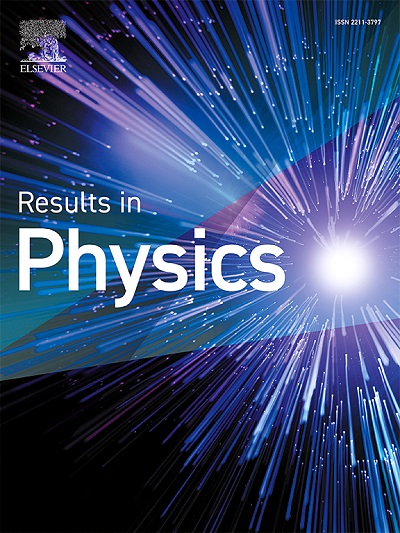Inverse design of octagonal plasmonic structure for switching using deep learning
IF 4.4
2区 物理与天体物理
Q2 MATERIALS SCIENCE, MULTIDISCIPLINARY
引用次数: 0
Abstract
All-optical plasmonic switches have emerged as essential components for integration into photonic integrated circuits, markedly improving optical signal processing. Traditional design methodologies for complex plasmonic structures in switching applications rely on empirical or trial-and-error approaches. Nonetheless, the advent of deep learning heralds a paradigm shift, offering a computational vanguard that promises to streamline nanophotonic simulations. To the best of our knowledge, the potential of deep learning methods for designing state-of-the-art plasmonic switches has not yet been identified. This article unveils an approach that harnesses deep learning to not only predict spectral patterns but also to facilitate the inverse design of plasmonic switches, thus introducing a new era of computational nanophotonics. Our methodology demonstrates the operational efficacy of switches via the nonlinear Kerr effect by employing octagonal nonlinear plasmonic ring resonators crafted from metal-insulator-metal waveguides. The forward model presented herein significantly surpasses traditional numerical methods in terms of computational efficiency, meticulously evaluating a spectrum of configurational parameters to predict transmission spectra characterized by pronounced dips. Through inverse modeling, our approach accurately predicts the design parameters aligned with the desired transmission spectra, offering rapid estimations that starkly contrast with the protracted timelines associated with conventional optimization techniques. The mean squared error was minimal for both the forward and inverse models, recording values of 0.026 and 0.015, respectively. These low losses emphatically affirm the prowess of deep learning in both the forward and inverse engineering of plasmonic switches, setting a benchmark for future explorations in the field.

求助全文
约1分钟内获得全文
求助全文
来源期刊

Results in Physics
MATERIALS SCIENCE, MULTIDISCIPLINARYPHYSIC-PHYSICS, MULTIDISCIPLINARY
CiteScore
8.70
自引率
9.40%
发文量
754
审稿时长
50 days
期刊介绍:
Results in Physics is an open access journal offering authors the opportunity to publish in all fundamental and interdisciplinary areas of physics, materials science, and applied physics. Papers of a theoretical, computational, and experimental nature are all welcome. Results in Physics accepts papers that are scientifically sound, technically correct and provide valuable new knowledge to the physics community. Topics such as three-dimensional flow and magnetohydrodynamics are not within the scope of Results in Physics.
Results in Physics welcomes three types of papers:
1. Full research papers
2. Microarticles: very short papers, no longer than two pages. They may consist of a single, but well-described piece of information, such as:
- Data and/or a plot plus a description
- Description of a new method or instrumentation
- Negative results
- Concept or design study
3. Letters to the Editor: Letters discussing a recent article published in Results in Physics are welcome. These are objective, constructive, or educational critiques of papers published in Results in Physics. Accepted letters will be sent to the author of the original paper for a response. Each letter and response is published together. Letters should be received within 8 weeks of the article''s publication. They should not exceed 750 words of text and 10 references.
 求助内容:
求助内容: 应助结果提醒方式:
应助结果提醒方式:


